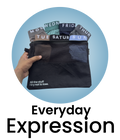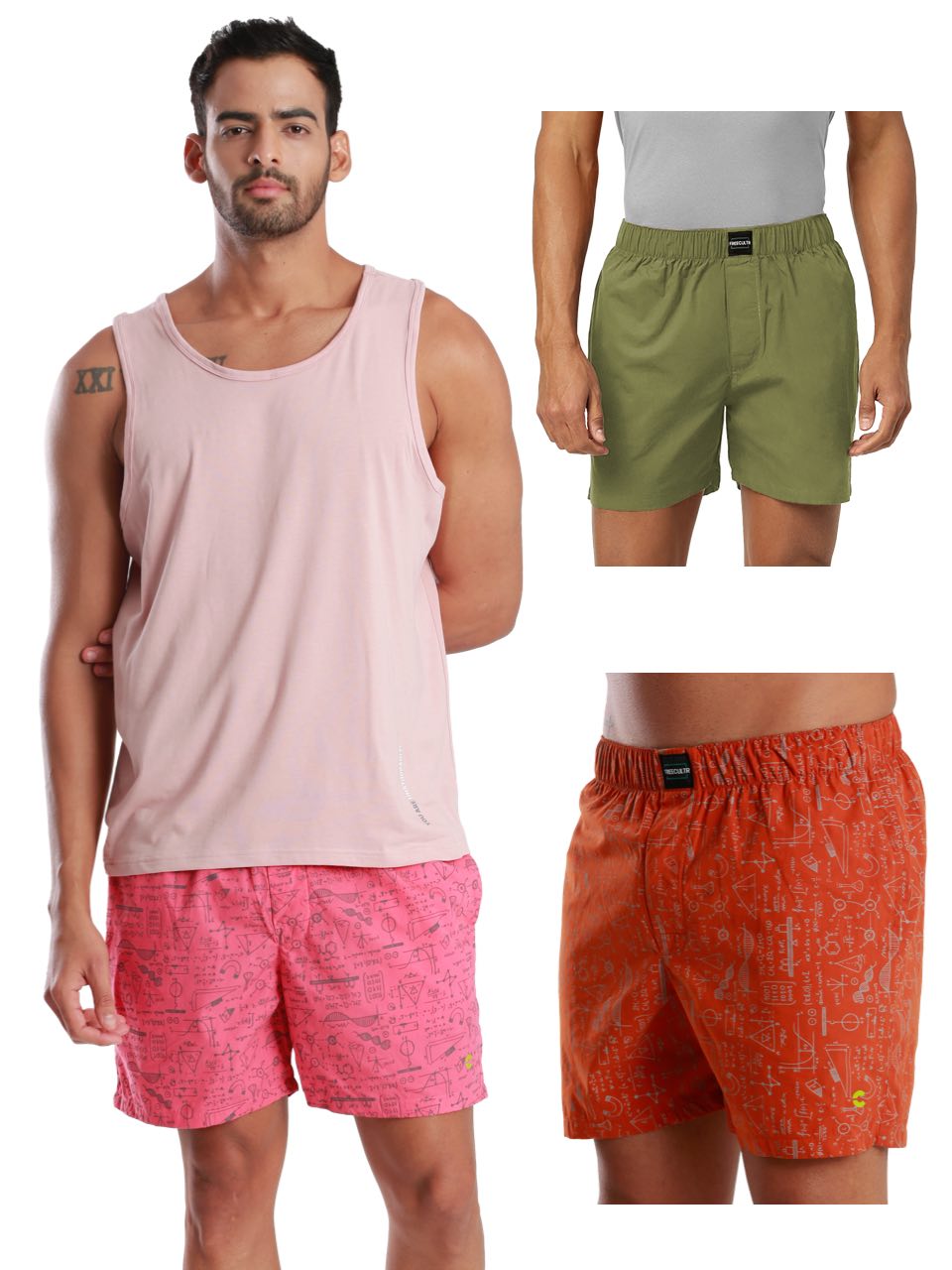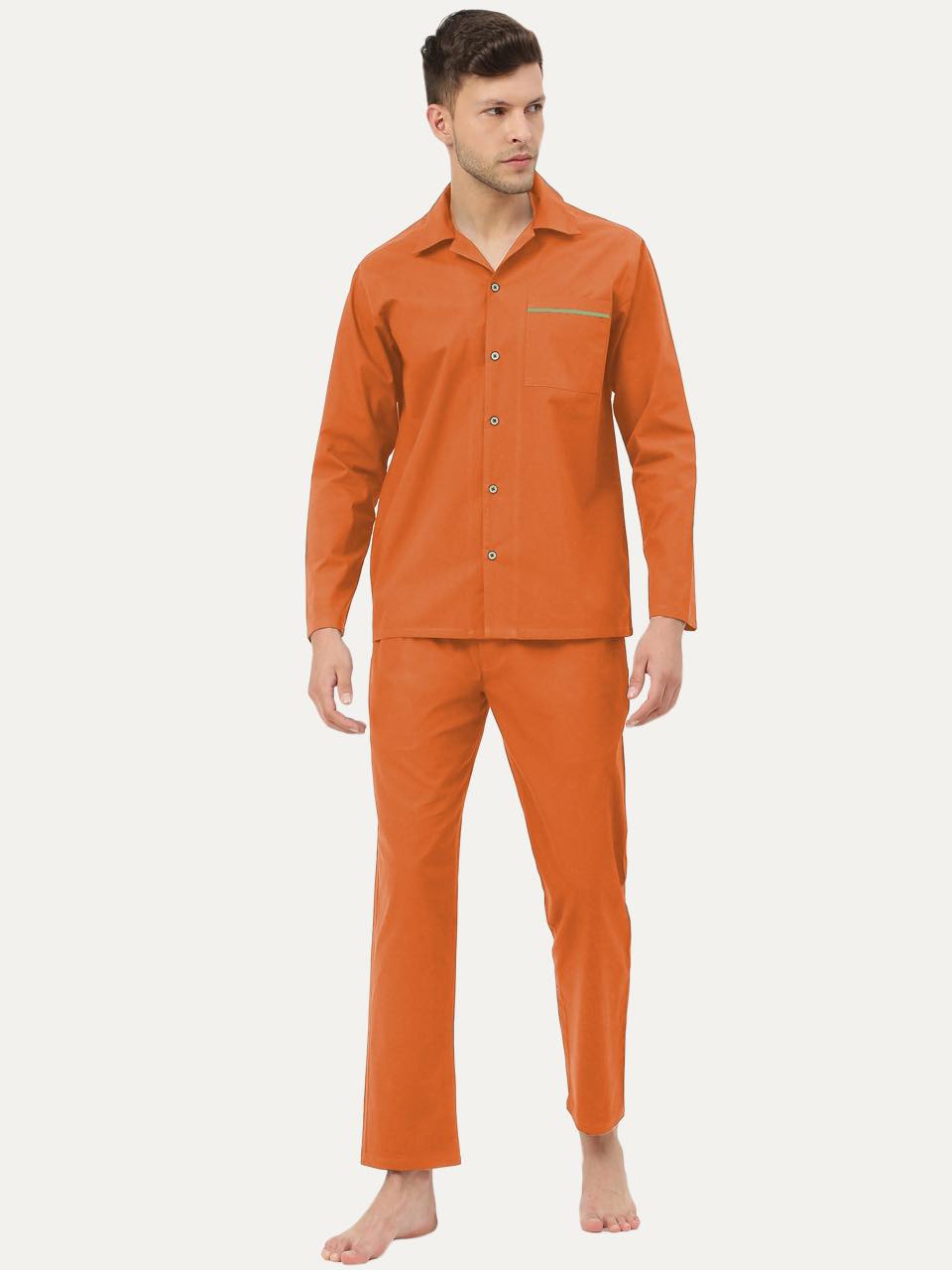Tired of underwear that bunches and rides, leaving you readjusting all day? In the increasingly competitive innerwear market, brands like Bummer and Freecultr promise superior comfort. But when it comes to "thigh grip"—that crucial factor determining fit and preventing awkward bunching—how do they stack up? We'll explore the key criteria: fabric composition, construction techniques like panel design and seam placement. The effectiveness of features like elasticated leg openings. Through detailed analysis of these factors, we'll uncover how Freecultr leverages innovative design and materials to potentially offer a more secure and comfortable fit around the thighs compared to Bummer.

Understanding Thigh Grip: Why It Matters
Thigh grip refers to how well underwear or shorts stay in place against your thighs during movement. Good thigh grip prevents riding up, bunching. Chafing, leading to enhanced comfort and confidence throughout the day. It's especially crucial for activities involving a lot of leg movement, such as running, exercising, or simply walking around in warm weather. Poor thigh grip can be a constant source of annoyance and discomfort, requiring frequent adjustments and potentially causing skin irritation.
Factors Influencing Thigh Grip
Several factors contribute to how well a garment grips the thighs:
- Fabric Composition: The type of fabric used plays a significant role. Some fabrics are naturally more prone to slipping than others.
- Elasticity and Recovery: The elasticity of the fabric and its ability to recover its shape after being stretched are critical for maintaining a snug fit.
- Cut and Design: The cut of the garment, particularly around the leg openings, influences how it interacts with the thigh. A well-designed cut will minimize the chances of riding up.
- Leg Opening Construction: The presence and type of elastic or binding at the leg openings directly affect the grip. Wider, softer elastics often provide better grip without digging in.
- Silicone Grippers: Some garments incorporate silicone grippers along the leg openings to provide extra hold.
- Moisture Management: Fabrics that effectively wick away moisture can help maintain grip, as sweat can reduce friction and cause slippage.
Freecultr's Approach to Thigh Grip
Freecultr designs its underwear with a focus on "Fit & Comfort," and that translates directly into their approach to thigh grip. They employ several strategies to enhance this crucial aspect:
- Fabric Selection: Freecultr often utilizes fabrics with a higher percentage of elastane (like Lycra or Spandex) blended with natural fibers like cotton or bamboo. This combination provides excellent stretch, recovery. Breathability. The elastane provides the necessary grip, while the natural fibers enhance comfort and moisture absorption.
- Strategic Elastic Placement: Freecultr's waistband and leg openings often feature wider, softer elastics. These elastics distribute pressure more evenly, preventing digging and maximizing grip without sacrificing comfort. The width helps in distributing the pressure preventing discomfort.
- Ergonomic Design: The cut of Freecultr underwear is often designed to conform to the natural curves of the body, including the thighs. This ergonomic design minimizes excess fabric that could bunch or ride up.
- Focus on Moisture Wicking: Many Freecultr products incorporate moisture-wicking properties to keep you dry and comfortable. This indirectly contributes to better thigh grip by preventing sweat from reducing friction.
Comparing Freecultr and Bummer: Addressing the Differences
While both Freecultr and Bummer aim to provide comfortable underwear, their approaches to design and materials may differ, leading to variations in thigh grip.
It's vital to note that without specific details about the exact fabric compositions, elastic types. Design features used by both brands, a definitive comparison is challenging. But, we can explore potential reasons why Freecultr might offer superior thigh grip:
- Elastic Quality and Placement: Freecultr may use a higher-quality elastic in its leg openings, or position it in a way that provides a more secure hold. The type of elastic (e. G. , knitted vs. Woven) and its stretch properties can significantly impact grip.
- Fabric Blend Optimization: While both brands likely use blended fabrics, the specific ratios of different fibers (e. G. , cotton, modal, elastane) could vary. Freecultr's blend might be optimized for a better balance of stretch, recovery. Moisture management, contributing to improved thigh grip.
- Cut and Construction Nuances: Subtle differences in the cut of the leg openings or the way the seams are constructed could affect how well the underwear stays in place.
Real-World Scenarios and Benefits of Superior Thigh Grip
The benefits of good thigh grip are noticeable in various situations:
- During Workouts: Whether you're running, cycling, or doing yoga, underwear that stays in place is essential for comfort and "Performance". No more awkward adjustments during your workout!
- Everyday Activities: Even during everyday activities like walking, sitting. Standing, constant adjustments can be a nuisance. Good thigh grip allows you to focus on your day without distraction.
- Hot Weather: In hot and humid conditions, thigh chafing can be a major problem. Underwear with good thigh grip minimizes friction and helps prevent this discomfort.
- For Athletes: Athletes who require a full range of motion in their lower body can benefit greatly from the chafe-free experience offered by underwear that stays in place.
The Role of Elastane in Enhancing Thigh Grip
Elastane, also known as Lycra or Spandex, is a synthetic fiber renowned for its exceptional elasticity. It can stretch multiple times its original length and then snap back to its original shape. This property is crucial for thigh grip in underwear. Here's why:
- Provides Snug Fit: Elastane allows the underwear to conform closely to the shape of your thighs, creating a snug and secure fit.
- Maintains Shape: It prevents the underwear from becoming loose or baggy, even after repeated wear and washing.
- Enables Movement: Elastane allows for a full range of motion without restriction, so you can move freely without the underwear riding up.
- Enhances Recovery: It helps the underwear retain its shape after stretching, preventing it from losing its grip over time.
The percentage of elastane in the fabric blend is a key factor. A higher percentage generally results in better grip and shape retention. It's essential to balance this with other factors like breathability and comfort.
Beyond Fabric: The Importance of Design and Construction
While fabric composition is crucial, the design and construction of the underwear also play a significant role in thigh grip.
- Leg Opening Design: The shape and size of the leg openings directly affect how the underwear interacts with the thighs. A well-designed leg opening will be snug but not too tight, preventing both riding up and discomfort.
- Seam Placement: The placement of seams can also impact thigh grip. Flatlock seams, for example, are less bulky and reduce friction, minimizing the chances of chafing and riding up.
- Elastic Band Construction: The way the elastic band is attached to the fabric can also affect its performance. A wider band that is sewn securely and evenly will provide better grip and prevent rolling or digging in.
- Panel Construction: Some underwear features multiple panels that are strategically placed to conform to the curves of the body. This can improve the overall fit and prevent bunching or riding up.
Choosing the Right Underwear for Optimal Thigh Grip
When selecting underwear for optimal thigh grip, consider the following factors:
- Fabric Composition: Look for fabrics with a blend of natural fibers (like cotton or bamboo) and elastane (like Lycra or Spandex).
- Elastic Quality: Check for wider, softer elastics at the leg openings that distribute pressure evenly.
- Design and Construction: Look for ergonomic designs, flatlock seams. Secure elastic band construction.
- Fit: Choose a size that is snug but not too tight. The underwear should conform to your body without restricting movement.
- Reviews: Read online reviews from other customers to get an idea of the underwear's performance in real-world situations.
Conclusion
Let's view this from the expert's corner. We've explored how Freecultr's superior fabric composition and thoughtful design choices, particularly in the gusset area, contribute to enhanced thigh grip compared to Bummer. It's not just about the material itself. How it's utilized. A common pitfall is assuming all underwear fabrics are created equal. Density and stitching patterns profoundly impact performance. My personal insight? Don't underestimate the importance of fit! Even the best fabric falters if the cut isn't right. For best practices, always check the material composition and consider trying different styles to find what works best for your body. So go ahead, prioritize comfort and performance. Experiment, explore. Find the underwear that empowers you to move freely and confidently. You deserve it! For a deeper dive into fabric quality, consider researching GSM (grams per square meter) in textile manufacturing here.
More Articles
Does Freecultr use higher GSM fabric than Bummer?
How does Freecultr's anti-odor tech outperform Bummer?
Why do Freecultr trunks fit better than Jockey’s low-rise versions?
What makes Freecultr’s fabric more breathable than traditional cotton?
FAQs
Okay, so I've heard Freecultr's got a better thigh grip situation than Bummer. What's the deal?
Alright, let's break it down. Freecultr often uses a slightly different blend of fabrics, focusing on a higher percentage of natural fibers like cotton or bamboo. These materials, especially bamboo, tend to have a naturally higher coefficient of friction compared to some of the more synthetic blends Bummer might use. That extra bit of grip keeps things from riding up quite so much.
Is it JUST the fabric? Seems kinda simple.
Not just the fabric, though that's a big part of it. Freecultr also pays close attention to the cut and construction. A more contoured fit around the thigh area, combined with strategic stitching, can really help keep the fabric in place. Think of it like a tailored suit versus something off the rack – the better the fit, the less movement you'll experience.
So, Freecultr is all-natural and Bummer is all-synthetic? Is that the difference?
Not necessarily! Both brands use blends. The ratio is key. Freecultr often leans more heavily on natural fibers, which naturally provide more grip.
Does the elastic in the waistband and leg openings play a role?
Absolutely! The quality and tension of the elastic in both the waistband and leg openings significantly impact how well they stay put. Freecultr likely uses a higher-quality, more resilient elastic that maintains its grip without being uncomfortably tight. A good elastic can make a world of difference.
What about the overall thickness of the material?
That's a factor too. A slightly thicker fabric, which you might find in some Freecultr styles, generally provides more friction than a thinner, more lightweight fabric. It's like trying to grip something with a thin sheet of paper versus a thicker cloth – the thicker option gives you more to hold onto.
Okay, last one: So Freecultr is always better for thigh grip, end of story?
Not always a guaranteed win! It really depends on the specific styles within each brand. But, Freecultr generally focuses more on materials and construction techniques that prioritize that 'stay-put' feeling. Always check fabric compositions and reviews – they're your best bet for making an informed choice!






